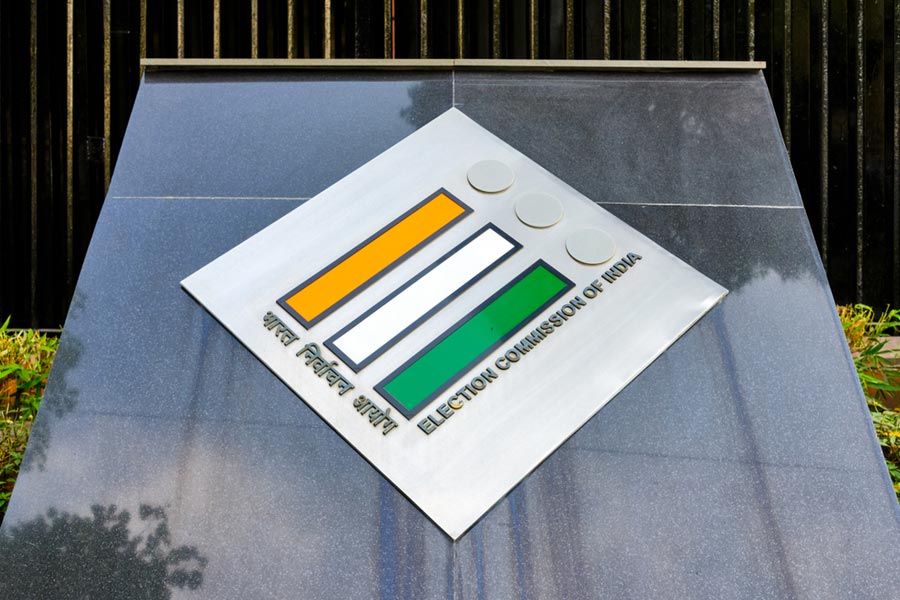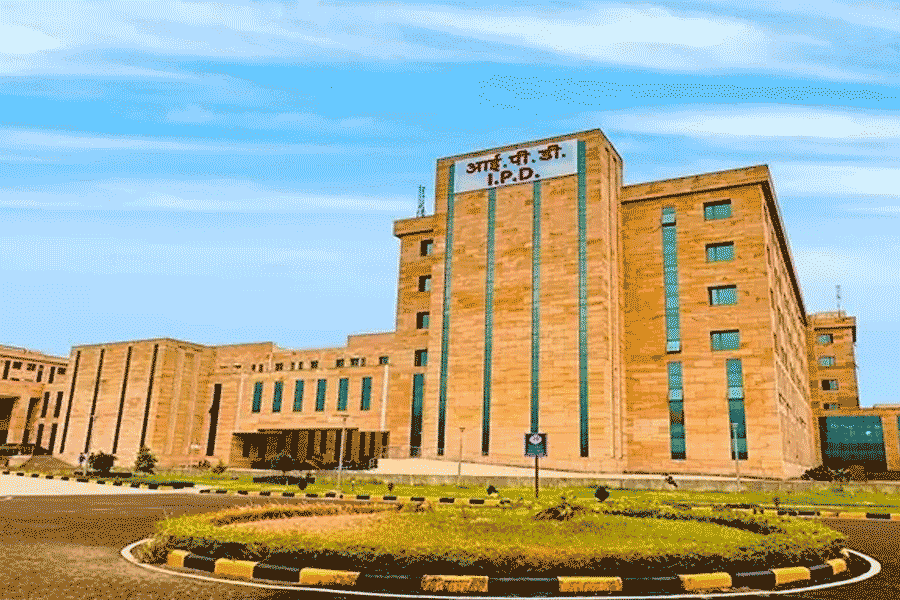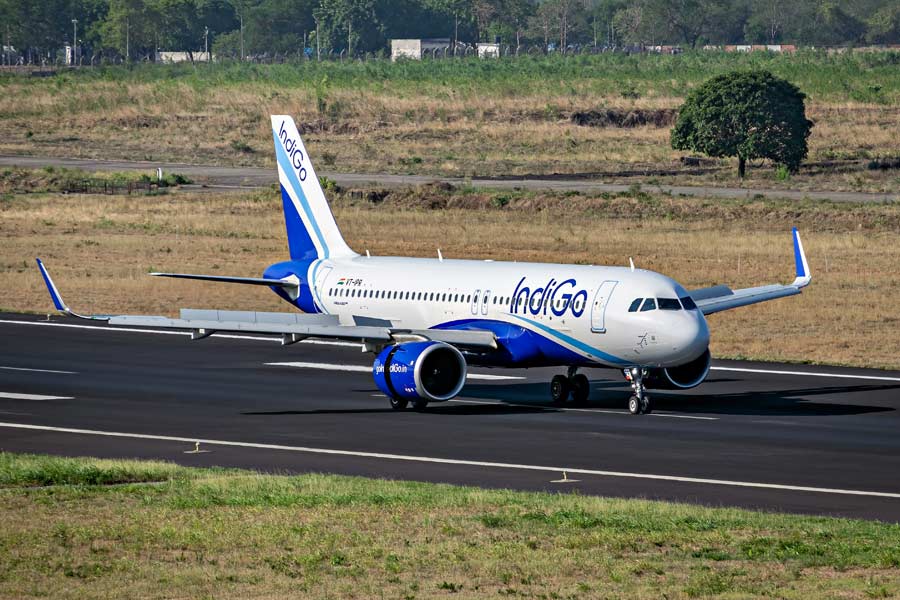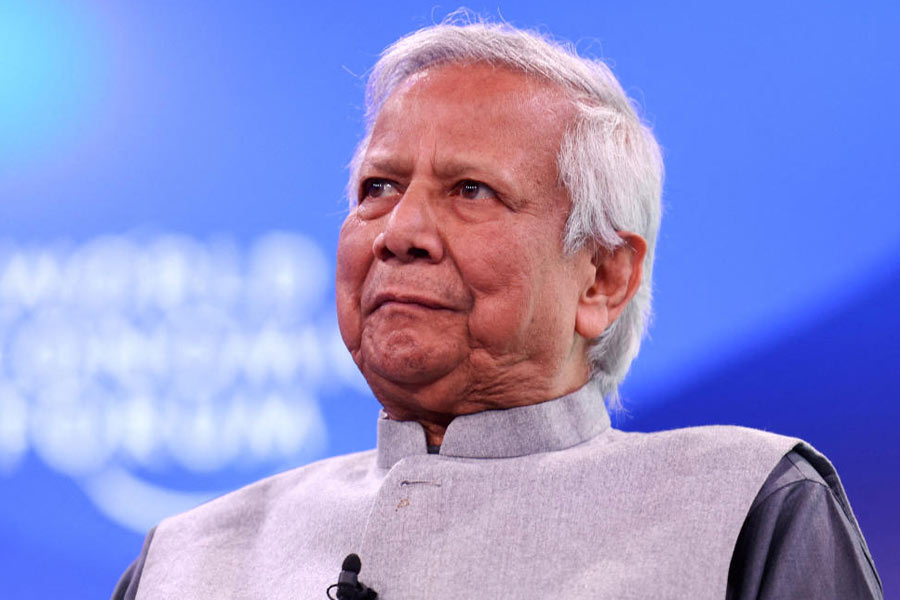 |
 |
| Ranjit Chougule of Champagne Indage. Rajeev Samant (below) of Sula Vineyards |
It’s time to reach for the wine glasses. The Indian wine industry is hitting a crisp and invigorating note. There’s industrialist Vijay Mallya at the top of the pile who’s about to launch wines from his newly acquired French winery, Bouvet Ladubay. Meanwhile, multinational Seagram India will release the first wines from its new Nasik winery in time for the festival season.
But it isn’t only the big boys who are getting out their corkscrews. Take a look, for instance, at software firm MphasiS BFL’s CEO Jerry Rao who’s planting wine grapes with the help of Grover Vineyards at his Nandi Hills farm this year. And Deepak Roy, former head of Diageo India, who’s also reportedly scouting the segment.
Meanwhile, the local biggies are looking for ways to stay ahead of all the newcomers. Market leader Champagne Indage is investing Rs 30 crore and will be venturing outside Maharashtra and commissioning four wineries in three states.
Karnataka-based Grover Vineyards is launching a new mid-end brand, Santé, besides entering Maharashtra. And Sula Vineyards will invest Rs 10 crore in 2006-07 to add one-million-litre capacity besides launching a pilot winery in Punjab by May.
Let’s get one thing straight. The Indian wine industry is still minuscule and turns about 600,000 cases annually (of that about 150,000 cases are port wine). But that could be about to change. Says spirits baron Vijay Mallya, “We feel the wine industry could reach an economically interesting level.” For him, that’s around “a couple of million cases”.
Adds Ranjit Chougule, managing director, Champagne Indage, “This is the inflection point for the industry.”
The players are on a high because the domestic wine segment is growing at over 30 per cent a year with rising incomes and greater exposure making wine fashionable. Says Rajeev Samant, CEO, Sula Vineyards, whose aggressive marketing has transformed the sector, “We’ve made wine drinking cool.”
 |
 |
| Ranjit Dhuru of Aftek Infosys. (Below)Vijay Mallya |
Kapil Grover, director, Grover Vineyards, believes “the wine revolution is taking place top-down”. But even he reckons the potential is huge. “Even if you take a conservative estimate of an Indian middle class of 20 million and if this population has even one bottle a year, it means a lot of growth,” he says.
The Indian wine industry first started bubbling with action when the Maharashtra government liberalised the sector with huge tax concessions in 2001. Today there are 46 wineries in India out of which 43 are in Maharashtra. Says Jaideep Kale, technical coordinator, MIDC’s Grape Wine Park, “We want serious players who can sustain operations to come in.”
Still, most of the newer wineries haven’t really created strong brands and the shopshelves are dominated by Indage, Sula, Grover and imported wines. Wine consultant Sanjay Menon believes this is because many new players “lack the cultural exposure to wine, which impedes their ability to make the product suitably and also to sell it”. So many wineries either sell locally or in bulk to established brands.
The landscape may change, however, as companies like Seagram and UB could ferment the competition. Take the UB Group. “In relation to our size, the wine industry was too small for us to take any action. So we said let the small entrepreneurs develop the market and we will jump in when it is ready to take off,” says Mallya. But he cautions, “That does not mean it is going to become a multi-million case market in two years.”
Mallya is banking on his Euro 14.75 million acquisition of Bouvet Ladubay. “That has given us one of the premiere Loire valley wines with a brand that has been around for 150 years,” he says. While UB will start with bottled imports, over the next year, it will invest Euro 5 million or Rs 30 crore to build a carbonation and bottling methodé champenoise unit for sparkling wines at its existing winery at Baramati. This currently produces grape spirit for McDowell’s No 1 brandy.
High import duties may prevent UB from bringing in large quantities of Bouvet Ladubay. But Mallya is bringing in viticulture experts to pick the right type of grapes for India. His gameplan is that the viticulture experts will guide contract farmers who will then sell to a new winery that he will build. “By the end of 2008, I will be producing Bouvet wines in India,” he says.
Market leader Indage has even more ambitious plans. “Our aim is to widen the appreciation of wine through deeper distribution and increased production,” says Chougule.
 |
Indage will invest around Rs 30 crore this financial year to add around 4 million litres capacity. This includes a 2.2-million-litre expansion at its existing winery at Narayangaon. More importantly, it will commission four new wineries: two in Himachal (at Kullu and Simla) and one each in Goa and Pondicherry by December. In Kullu, which is positioned as a wine resort, Indage will use varieties like Chardonnay and Pinot Noir.
“The barriers to entry that we will have created by March 2007 will be huge and it will take a considerable amount of competition from India or overseas to beat us,” claims Chougule. Besides, Indage will invest another Rs 30 crore in 2007-08 to set up wineries in West Bengal and Karnataka and perhaps, Assam.
Chougule also hopes to expand the market through low-priced wines. So Indage recently launched Vino, made from two Indian table grape varieties, which retails at Rs 115 in Mumbai. Says Chougule, “If we get production in place, Vino can become India’s first one-million case wine brand.”
For that, he plans to follow “the beer model in terms of production and route to market”, meaning that he aims to produce the wine in several states. Chougule will also launch a port wine, Hammer, by October.
Sula and Grover Vineyards too have large expansion plans. Grover will soon launch a mid-market brand Santé, which will be priced at Rs 225-Rs 250. In addition, to get around high state-level taxes in Maharashtra, Grover will set up operations in Nasik by early next year. What’s more, the company, which has one of the world’s top oenologists Michel Rolland as its advisor, is close to placing 35 per cent equity with rich investors.
Meanwhile Sula, which invested Rs 8 crore in 2005-06 on a one-million-litre winery, intends to invest Rs 10 crore and add another one-million litres this year. Besides, now that its experimental vineyard in Punjab is showing good results, Samant will commission a pilot winery there by May.
Some of the newer wineries too are expanding. Like four-year-old Sankalp Winery, promoted by a group of grape farmers. Sankalp’s chairman Pralhad Khadangale plans to increase capacity from 3.4 lakh litres to 4.6 lakh litres by March. Besides, he’s pushing his Vinsura brand and will even launch a sparkling wine in November.
If players like Sankalp spearheaded the first wave of grape farmers-turned-winemakers from the Nasik-Pune belt, farmers from other parts of Maharashtra are following suit. Like Jeevan Gore, who commissioned his Elite Winery, the first in Osmanabad, this year. Gore will launch his Charmian brand by October. But he is aware it will be a long haul. “We have to develop a culture for drinking wine, which will take time,” he says.
There are others too who are entering the sector. Like viticulturist Hambir Phadtare, who has already done the long haul. The former sociology professor returned from the US to his family farm in Nasik in 1981, but in those days it was tough to get permits. In 1997, he started his vineyard and began supplying grapes to wineries like Sula. When the industry liberalised in 2001, he was over 60 and couldn’t get a bank loan. It’s only in 2005 that he managed to secure a bank loan of around Rs 2 crore loan and launched Mountain View Winery.
While Phadtare will sell part of his wines under his Mountain View brand, he has tied up with Menon’s Sonarys Distributors to sell 80 per cent of his production under the Bahula brand.
Like Phadtare, 36-year-old Abhijit Kabir, partner, Sidhivinayak Constructions, who launched his 100,000-litre Terroir India Wineries at Igatpuri this year, is also passionate about wine. So he has built the country’s first gravitational flow winery.
Aftek Infosys’s Chairman and CEO Ranjit Dhuru’s affair with wine meanwhile began on business trips abroad. “Wine like golf is discussed in all business meetings. That is how I got interested,” says the man who now invests in wine futures.
So he set up his 84-acre Cabernet Vineyards in the Dindori region of Nasik in 2000, sourcing grape varietals from France and even taking his viticultural team to train there. Dhuru, who will invest Rs 40 crore in phase one, also began importing French wines like Bellevie under his Chateau d’Ori winery in 2004.
Now, he plans to commission his 1.9-lakh-litre winery by March — this will go up to 7.5 lakh litres later — which means he will only launch his first wines late next year. But he says, “I’m in no hurry. Let the market stabilise.”
Besides increasing production, companies like Indage, Grover and Sula are also focusing on utility and visibility. So they’re switching to screw-caps, for instance. Indage even launched Vino in PET bottles and the Riviera Rose in a three-litre tetrapack.
Besides, they’re exploring new distribution avenues — Indage sells in Big Bazaar and Inox, Goa — since many states have slashed licence fees.
So Indage is expanding its wine bar chain from 11 to almost 20 this year. Besides, it plans to roll out 2000 shop-in-shops. Meanwhile, Sula has launched in new markets like Kerala and is also pushing sampling through a tie-up with Rotary club in Mumbai.
Can the market sustain so many players? Many players expect some consolidation to take place. “It is like the software sector where everyone rushed in. As palates develop, people won’t drink anything so the industry will see a shakeout,” says Dhuru. But clearly that’s not deterring the winemakers’ heady growth plans.
Photographs of Ranjit Chougle, Ranjit Dhuru and Kapil Grover by Gajanan Dudhalkar











